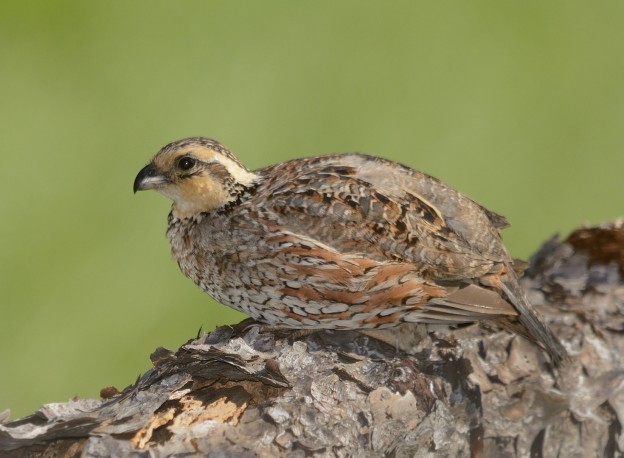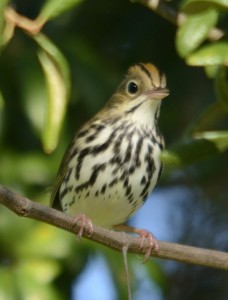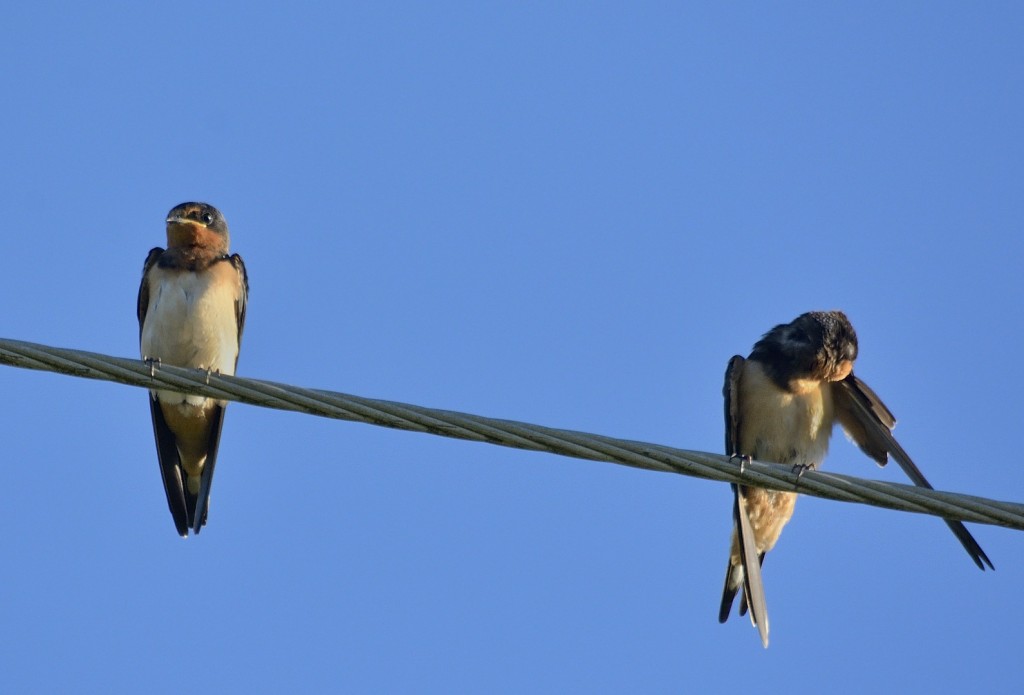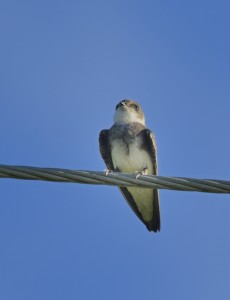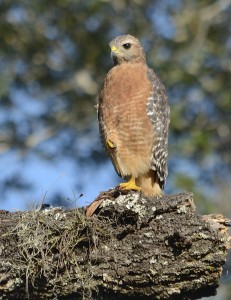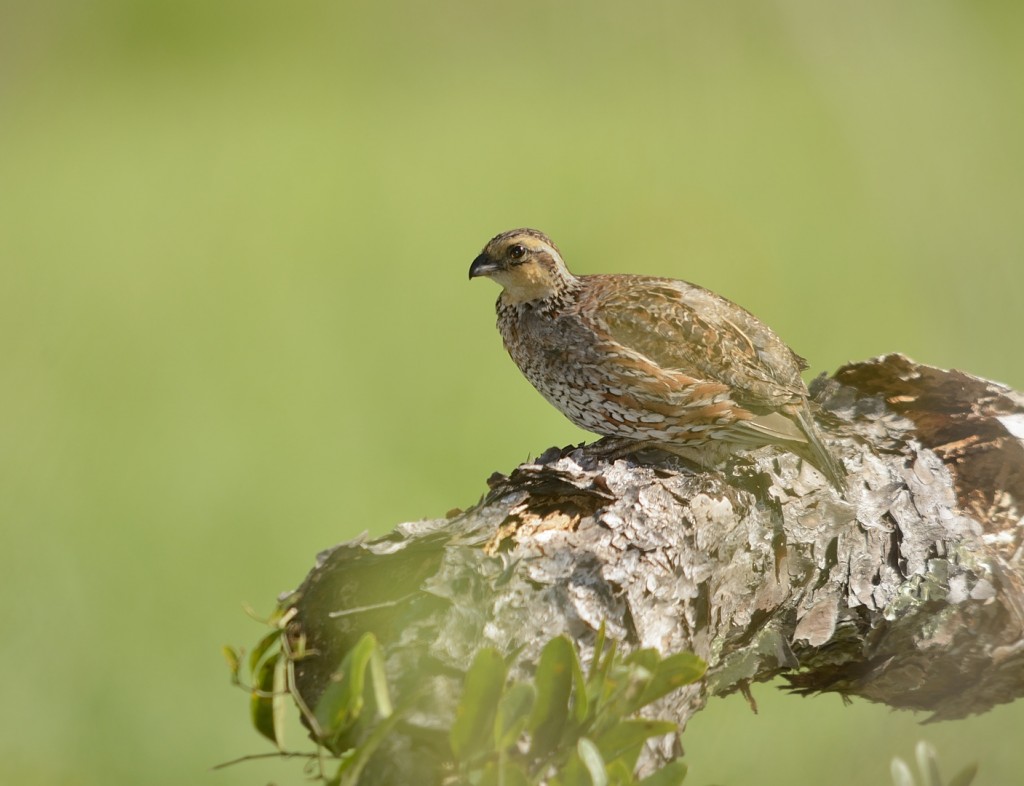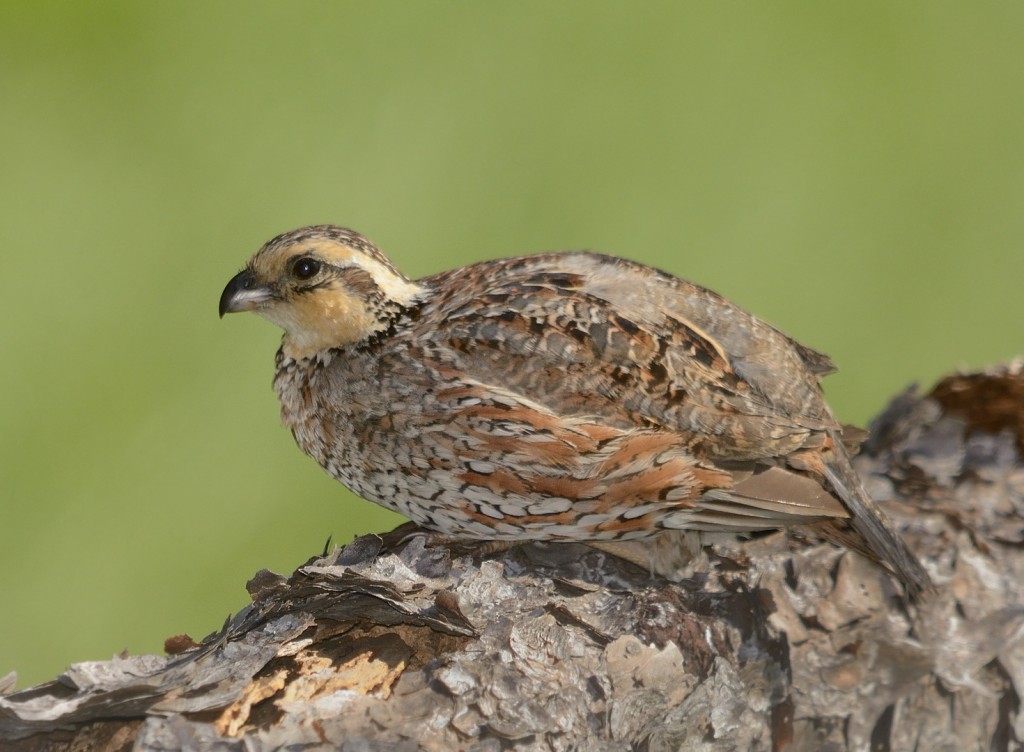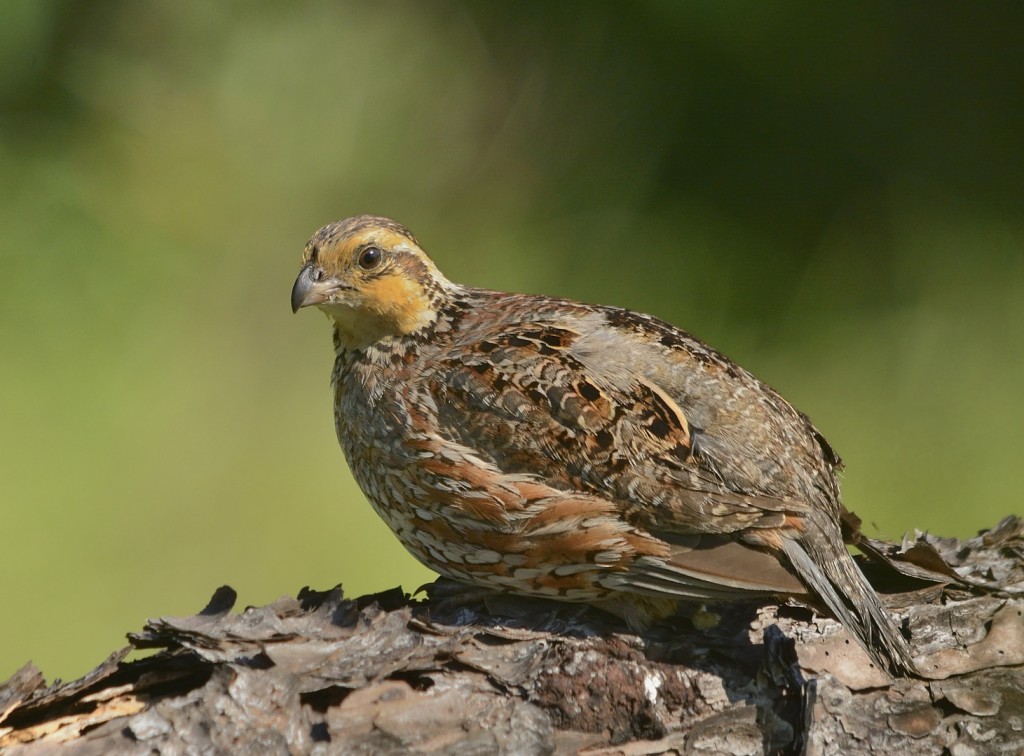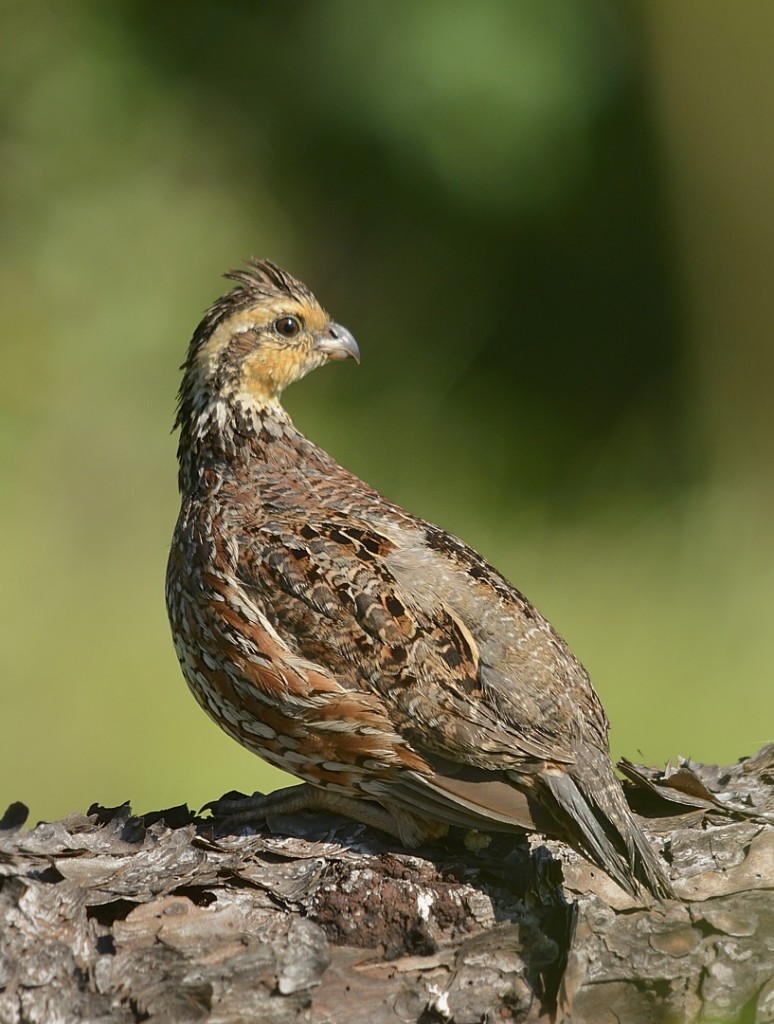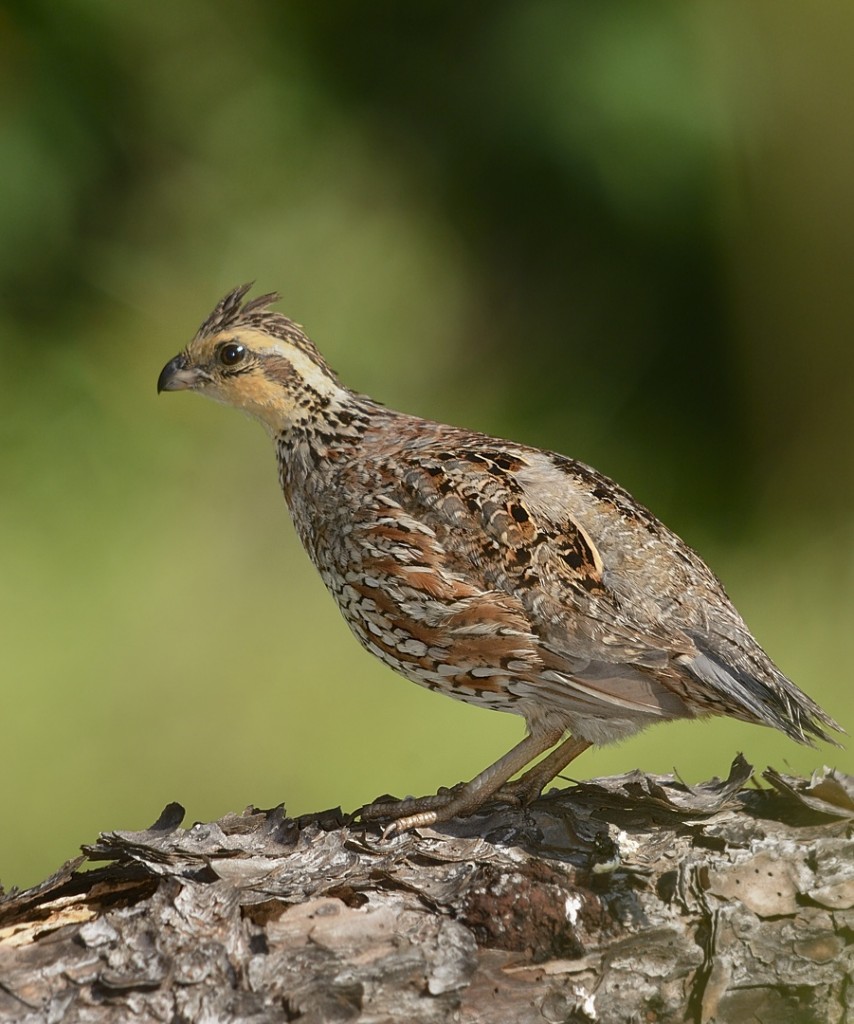September 2, 2013
Bird photography is challenging to me on several levels. There’s the obvious – you have to find birds and get pretty close to them. You have to pay attention to lighting – a crippling view of a bird in the deep shade or other marginal light is still likely to produce a mediocre photograph. There are the mechanical elements of taking the shot – placing the focus precisely where you want it, increasing or decreasing the exposure from what the camera has chosen if the light conditions warrant it, choosing a fast enough shutter speed to freeze whatever action there is (if you actually want the action frozen and not an artistic blur), and so on. To me, the most interesting challenge is the riddle of bird behavior. What is the subject likely to do next, how does that affect the quality of the photograph, and can you modify his behavior to increase the odds of getting a decent shot?
Back in the Paleozoic era of bird neurobiology, I remember hearing a catch-all explanation for bird behavior: “Birds are stupid because they can fly”. The idea, which makes some sense in a simplistic way, was that because of their ability to rapidly escape so many threats and undesirable situations by flight, birds had not been selected to evolve the same levels and types of intelligence as the exalted mammals. Well, as George Will would so emphatically enunciate, birds are certainly not stupid, though they sometimes engage in behaviors that may seem so to a human observer unaware of his own Umwelt. A male bird endlessly attacking a reflection of himself in a window or mirror is one of the most common examples. Self-aware primates are an arrogant bunch, and loyal to our taxon; the traditional view on bird intelligence was that they were inferior to mammals in nearly every aspect. Sorry to break it to you hairballs of the vertebrate world, but by a number of measures birds are significantly more intelligent than mammals. More species of birds form and use tools, for example, than do mammals. Way more. Small birds routinely outperform small mammals in a variety of laboratory tests requiring some form of intelligence.
One of the reasons bird behavior intrigues me so much is because I so frequently try to manipulate bird behavior to increase my photographic prospects. Most birders do – we put out feeders, which modify movement patterns and feeding dynamics of local birds, we put up artificial nest boxes, we produce silly noises, called “pishing”, to attract small birds, yadda yadda yadda. I use playback of alarm calls and owl vocalizations all the time to bring birds into closer view. Playback is simply a high-tech application of pishing, eliciting a predator-seeking behavior (mobbing) in many species of birds. The number of photo opportunities I have, especially with smaller and more furtive birds, is increased exponentially by using playback and pishing. Another way of phrasing that is that not many of the bird photos I take are of birds I just happened to find doing their thing in nature. But it happens.
I did a pretty routine circuit of several local patches this morning, and was having a nice but not terribly exciting morning when I hit Blackwelder Road, preparing to close the loop and go home. It was half-past good light, and I had some shots on the SD card that might be okay. I had seen my first ovenbird of the fall and got some distant photos, and had taken my first-ever shots of a bank swallow preening on some power lines with a large group of barn swallows. I saw a gorgeous red-shouldered hawk, a bit too far for really decent shots, who was particularly coppery on the breast, sitting on a rustic branch decorated with lichens and air plants. Got pics. Nothing spectacular, but better than nothing.
Blackwelder Road runs only a couple of miles between Lake Winona Road and SR11. It is a twisty Florida country road, with 6 or 7 right-angle turns as it travels through an interesting mix of habitats – lots of abandoned orange groves along with a few active ones, a couple of lakes, pastures, and patches of hammock and scrub. I was rounding one of those 90o bends when I thought I saw a bird sitting on a downed log in the field on the left. Medium size and earth tones were about all I really got as I first passed it. Probably a mourning dove. Not a typical place for a single mourning dove to perch, though. When I backed up for a better look, it turned out to be a female northern bobwhite.
I find bobwhites to be pretty spooky and wary in general. I figured she would flush as soon as I tried to approach her, so I was surprised that she stayed put as I backed past her, then pulled back up slowly looking for an angle. She was in a brushpile in an abandoned pasture; the pasture was surrounded by a barbed-wire fence and dense vegetation up to the top of the fence. The first challenge was to find a gap in the vegetation through which I could shoot her, if she stayed. Which she probably wouldn’t.
Long story short (sic), she sat on that log for about 20 minutes as I continually repositioned myself, gradually moving closer to her until I found the best light angle and an opening. I probably stopped and started the car 6 times, and slowly changed position, while she sat on the log. And I mean she literally sat – she was totally chill. She knew I was there, but was not alarmed enough to even get up on her feet. Sweet. Totally unexpected, but sweet. Fortunately, Blackwelder Road doesn’t get much traffic. I would have seemed like a moron to a disinterested observer, if there had been one, repeatedly changing my position, driving on the left side of the road, immediately after a 90o bend that has poor visibility going into the turn. But so what? It’s for a bird photograph. That trumps logic and reason.
In the 20 or so delightful minutes I spent with the little hen, I heard a variety of quail chittering and peeping from the surrounding vegetation. I suspect she was tending her brood, picking a higher vantage point from which to keep an eye on the kids and look out for threats. Apparently I wasn’t considered a threat. Eventually, she leisurely stood up, looked around a bit, then hopped down to the ground to join the pack.
Yet one more reason to love birds – they’re such good parents.
